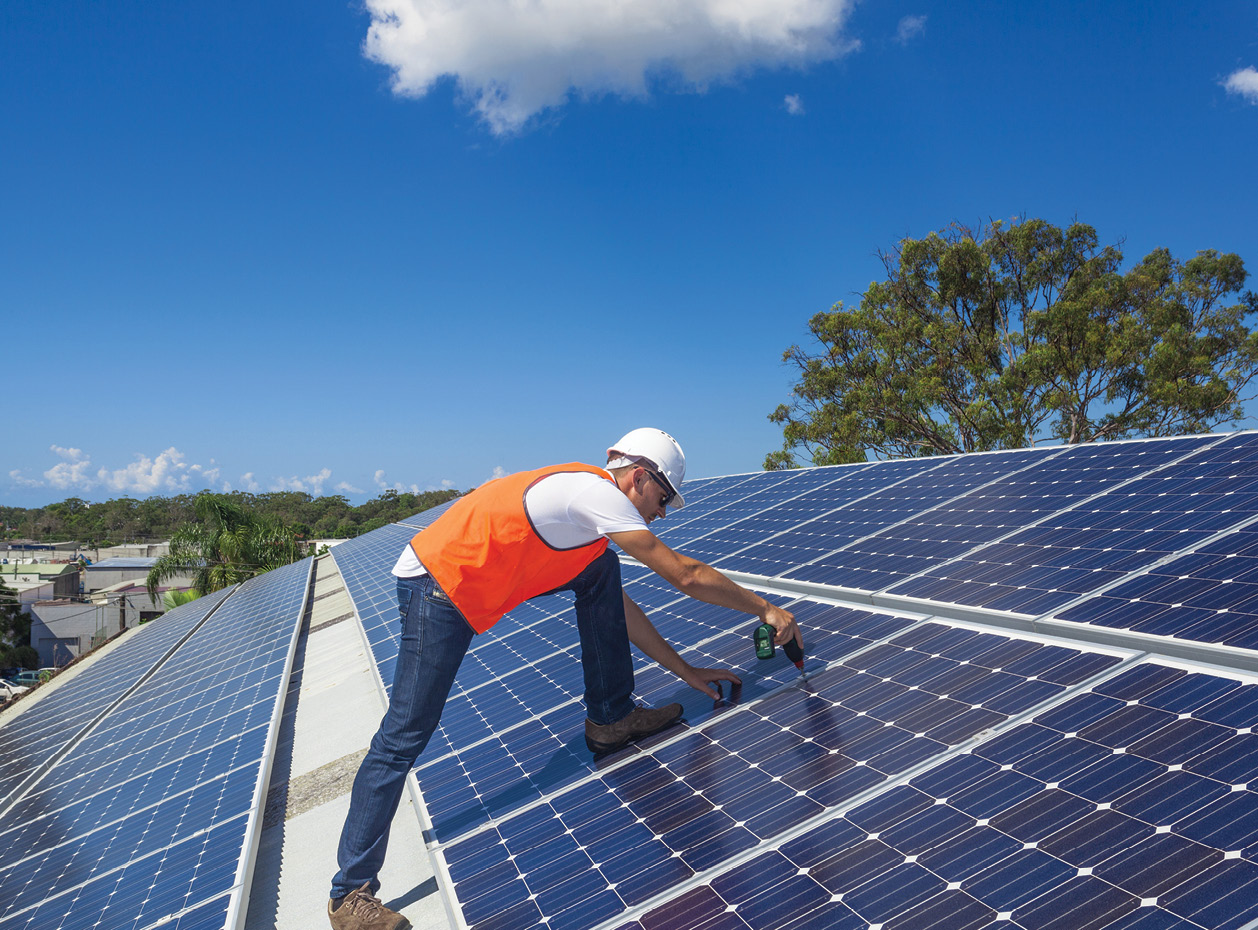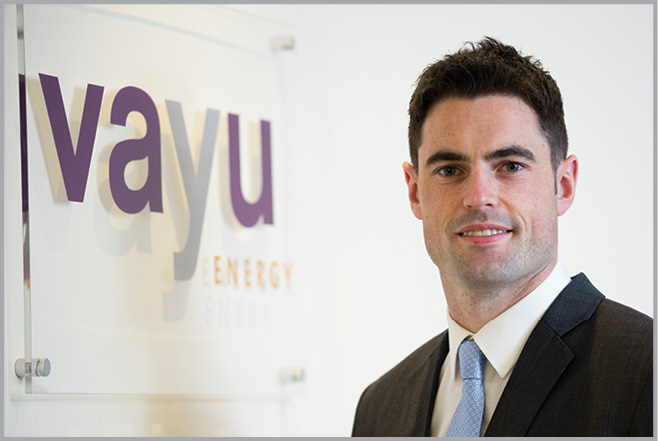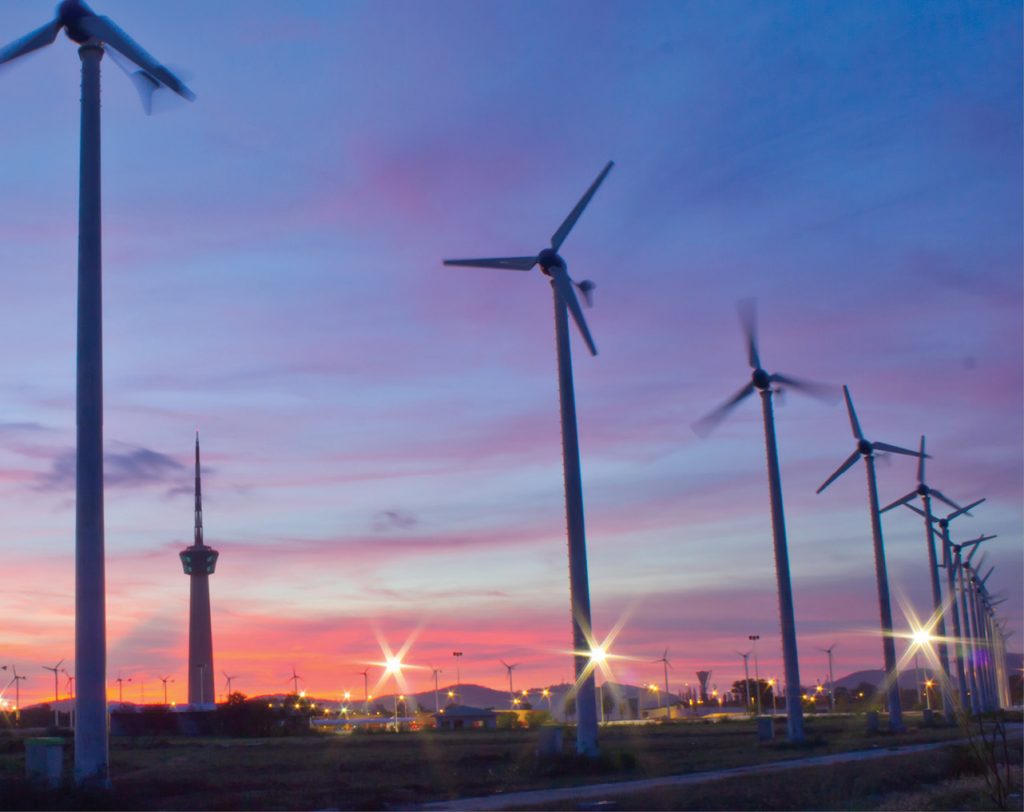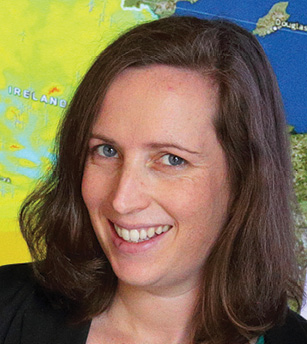
Solar PV power vital for our future
8th November 2016
Large energy users’ drive for green
8th November 2016GIS: Helping maximise the value of Ireland’s renewable energy resources


In 2015 the Sustainable Energy Authority of Ireland (SEAI) launched a new Energy Geographical Information System (GIS) to support the deployment of renewable energy in Ireland.
 The enhanced GIS system makes rich environmental data resources more widely available, in more formats, to support critical decisions about the development of new sustainable energy schemes. This effort and investment recently received a Special Achievement Award in GIS at the 2016 Esri International Conference in California in June. The award recognises and rewards organisations that have used GIS to improve the world and set new precedents throughout the GIS community. SEAI was the only Irish winner among 167 winning organisations from over 300,000 eligible candidate projects across a broad range of sectors.
The enhanced GIS system makes rich environmental data resources more widely available, in more formats, to support critical decisions about the development of new sustainable energy schemes. This effort and investment recently received a Special Achievement Award in GIS at the 2016 Esri International Conference in California in June. The award recognises and rewards organisations that have used GIS to improve the world and set new precedents throughout the GIS community. SEAI was the only Irish winner among 167 winning organisations from over 300,000 eligible candidate projects across a broad range of sectors.
The power of GIS systems lies in the ability to combine related databases with geographical analysis tools. For example, on SEAI’s Wind Atlas, data layers include wind speeds, county and electoral divisions, protected sites, and offshore constraints, such as navigation channels. With this information now readily available through a simple online user interface, citizens, policy makers, statutory authorities and developers can all consider the respective opportunities and constraints in their local area. Not that long ago, before we had the power of GIS tools at our fingertips, the immense value of this data and information went untapped. Today however, the technology underpinning GIS now allows a huge amount of information to be handled, visualised and interrogated together.
SEAI’s new GIS system now has intuitive features that make it easier for users to gain insight into the potential value of existing and new sustainable energy projects, against the backdrop of some of the environmental designations and other constraints that may exist. The system can be used in a variety of ways. People can find out about the suitability of a certain area of land for growing bioenergy crops; understand the potential for geothermal energy generation at a specific location or analyse wind speeds at possible new wind farm sites. The new system uses Esri’s ArcGIS platform which also dramatically improves the accessibility of spatial data on Ireland’s renewable energy resources. The improved system allows for the creation of customisable outputs, providing geospatial energy insights tailored to individual needs. This helps decision makers and citizens to understand the renewable resource at a specific location for a renewable energy project.
Multiple audiences can derive value from SEAI’s Energy GIS. Decision-makers in State bodies who formulate spatial, economic, energy and environmental policy will find the spatial presentation of renewable energy resources useful. As will Local Authorities responsible for drafting local area and strategic plans. For investors, renewable project developers and land owners the Energy GIS allows a high level assessment of resources and potentially viable sites. Electricity system owners and operators may use the energy maps in the development of long-term plans while they will also inform the research community’s understanding and assessment of renewable resources. Communities will also be able to examine opportunities and constraints relating to renewable energy development in their regions.
“GIS is an invaluable tool in the development of sustainable energy projects”
As part of the new GIS system, a remodelled Wind Atlas for Ireland was developed by the UK Met Office under contract to SEAI. The Wind Atlas will assist the on-going strategic development of Ireland’s onshore and offshore wind resource. Users of the Wind Atlas can estimate wind speeds at a range of heights; carry out preliminary assessments of wind resources and potentially viable sites for wind projects. Researchers have also used the atlas files for purposes outside of the energy field such as risk assessment. In addition, the wind atlas contributes to the general public’s understanding of wind energy as a resource in Ireland.
The Geothermal Maps allow an assessment of the geothermal potential at any location in Ireland. Modelled subsurface temperatures are provided at depths from 10m to 5,000m as well as providing spatial information on geological regions and rock type. In addition, information on ground source heat energy, sometimes called shallow geothermal energy, is provided by linking to Geological Survey of Ireland datasets. This information can show which type of ground source heat collector may be most compatible with the geology below a site.
The bioenergy maps indicate areas suitable for the cultivation of different bioenergy crops, such as miscanthus, oilseed rape and willow. These include existing bioenergy resources and bioenergy demand. Additional information includes the possible energy and economic value of potentially grown energy crops in a selected area and the number of hectares of land that is high, moderate or low suitability for specific energy crops.
SEAI have plans to expand the GIS offering to include information about other renewable energy resources with our recent research, development and deployment funding call highlighting geospatial tools as an area of particular interest. As a result a number of exciting applications for just such developments were received. The outcome of these research projects includes datasets related to, for example, a Solar Atlas for Ireland. SEAI looks forward to including this new information on our GIS system and further meeting users’ needs in terms of geospatial information for renewable energy sources in Ireland.
GIS is an invaluable tool in the development of sustainable energy projects. Provision of spatial information such as this goes to the heart of modernising the public sector and improving the citizen and business end-use experience by providing access to technical and environmental information and data. SEAI will continue to provide authoritative mapping on Ireland’s renewable energy resources and related services to everyone.
Mary Holland
Data Management Executive
Sustainable Energy Authority of Ireland
T: 01 808 2100
W: www.seai.ie

